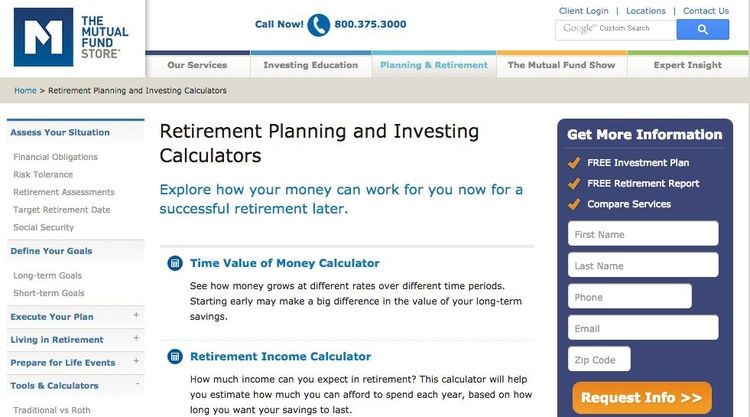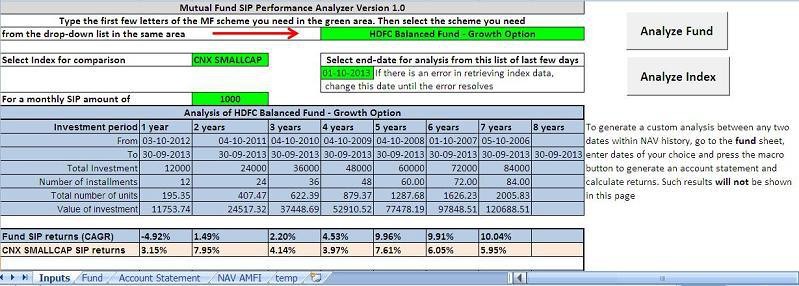How to Analyze Mutual Funds
Post on: 15 Апрель, 2015 No Comment

Recent Posts:
How to Analyze Mutual Funds
The top-performing mutual fund in my search for 10-year performance was ProFunds Biotechnology UltraSector (BIPIX ) with an incredible 22.7% annualized return. And guess which type of mutual funds filled the list of those doubling the S&P 500? Healthcare and biotechnology funds. Even the average healthcare sector fund has a 13.2% 10-year return.
The point here is that it is smart to compare apples to apples. In fact, you can ignore the returns and look at the category ranks instead. A high return is good, but if the fund ranks in the 99th percentile for performance, its junk especially if the poor rank is long-term. Similarly, a poor return is impressive if the performance rank compared to category peers is high.
Give Credit Where Credit is Due: Look at the Manager Tenure
Youve found a mutual fund with a solid, long-term performance history of consistently beating the category averages.
But what if the manager has only been at the helm for three months? In most scenarios like this, you can throw the performance (and the mutual fund) out the window.
Naturally, manager tenure means almost nothing with passively managed index funds, where established index-tracking mechanisms dictate the funds holdings and thus the performance.
But when you buy an actively managed fund, you are doing more than just buying a portfolio of securities you are hiring a manager. Therefore it is prudent to make sure that the manager you are hiring is responsible for the performance, and the respective time period(s), that first caught your attention.
Other Important Factors to Consider
One of the most basic, but vital, things to consider is cost. The best mutual funds are often those with the lowest expense ratios because expenses tend to be a drag on long-term performance.
After looking for low (or at least below-average) expense ratios again comparing with similar fund types another basic means of kicking the mutual funds tire is to check its assets under management.
When actively managed funds attract too much money, they have to get bigger to accommodate those assets. If they get too big, they start to perform like an index fund (or worse).
As the assets grow larger, eventually the higher expenses of the actively managed fund make it underperform its benchmark index and the manager fails at his or her primary objective — to show value.

Voila — you have asset bloat.
For example, consider the largest actively managed stock mutual fund in the world, American Funds Growth Fund of America (AGTHX ), compared to the S&P 500 Index. The 10-year annualized return is a decent 8.36% for AGTHX, edging out the S&P 500, which put in 7.94% for the same period. But with $141 billion in AUM, would you make a bet that the Growth Fund of America can continue to beat the stock market bogey?
For a hint, in 2014, AGTHX had a gain of 9.3%, whereas the S&P 500 jumped 13.7% a 4.4-percentage-point underperformance.
Bottom Line
When it comes to analyzing mutual funds, you can start with past performance, but to get an idea of what to expect in the future, be sure to look under the hood and kick the tires by questioning the historical market environment, the apples-to-apples comparison, the manager tenure, the expense ratio, and the assets under management.
As of this writing, Kent Thune did not hold a position in any of the aforementioned securities. Under no circumstances does this information represent a recommendation to buy or sell securities.














